Fossil Records: A Journey into the Past
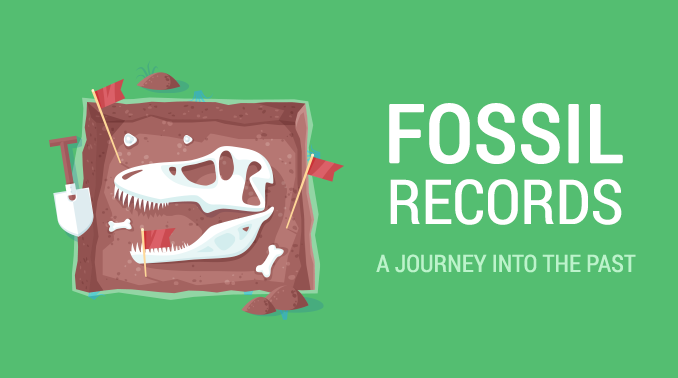
Every fossil lived before our time. They’ve been untouched for centuries like frozen photographs. After we recover one, we piece together the geologic past with fossils.
Every fossil is like a puzzle piece that we link to the evolution of life.
By examining a simple imprint in rock, we understand “when”. Through rock superposition, we unveil ancient supercontinents and the time these life forms existed.
“Fossils are preserved remains from past living things such as bones, shells, or exoskeletons. When you unveil a fossil, it’s like rewinding into the past.”
There are no fossils in existence for 88% of history
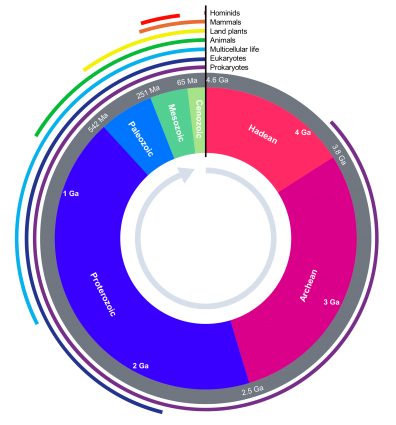
Only primitive life forms like bacteria and archaea lived on early Earth. It wasn’t until the Cambrian period that complex life finally began to thrive.
The Cambrian explosion marked a time when a wide array of life forms evolved. For example, we’ve uncovered fossils with shells or exoskeletons after the largest diversification of life in Earth’s history.
This means that for more than 88% of Earth’s history, complex life did not exist. That’s why we call this era in geologic history the Precambrian. It’s because it was before the Cambrian explosion that hard-shelled life emerged.
Fossils only come from sedimentary rocks

Sedimentary rocks are the only type of rocks that may contain fossils. If you see a rock with a fossil, you can automatically assume that it is a sedimentary rock.
This is because the process of formation for igneous and metamorphic rocks involves heat or pressure that fossils would be completely erased.
These are the rocks that can incorporate bones, shells, and exoskeletons from living organisms such as shells that are compacted sea creatures.
Piecing together the dinosaur fossil puzzle
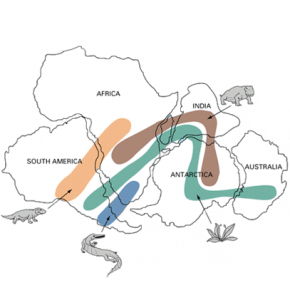
Dinosaurs lived on the supercontinent of Pangea for over 160 million years. Plate tectonics was the mechanism that eventually tore continents apart.
We know this because we can find the same fossils on separate continents today. We see fossil records of the same land herbivores today on separate continents that couldn’t fly or swim.
The reason is that they lived on Pangea and over time it separated by continental drift. To this day, scientists have kept a thorough record documenting each fossil discovery.
Fossil Records: A Journey into the Past
The fossil record is akin to a time capsule that preserves the remains of ancient organisms, offering a unique window into the Earth’s deep past.
Through the meticulous study of fossils, scientists can reconstruct the emergence, diversification, and extinction of countless species, shedding light on the intricate patterns and processes that have shaped life on our planet over millions of years.
We want to hear what you have to say! Please use the comment form below and let us know what your thoughts are.

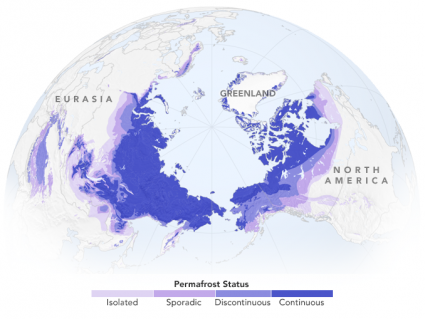
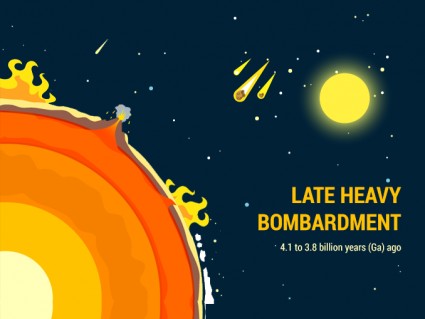
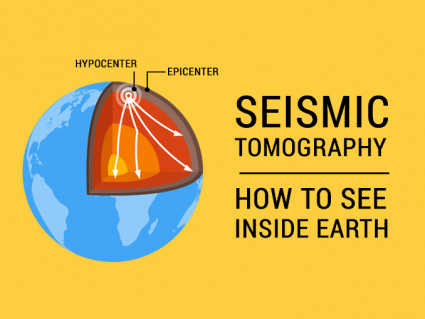
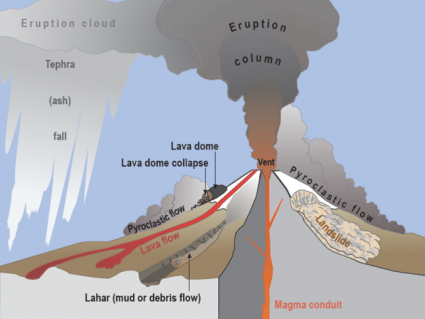
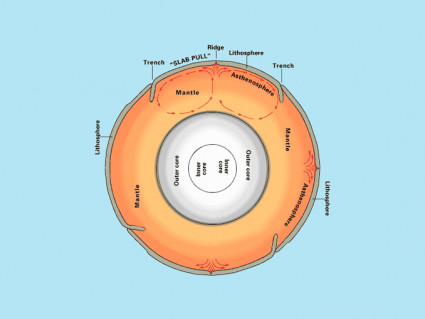
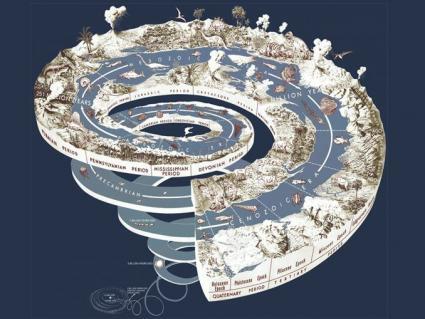
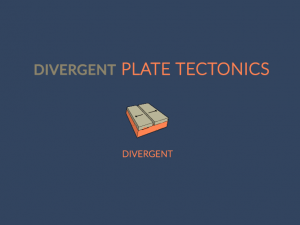

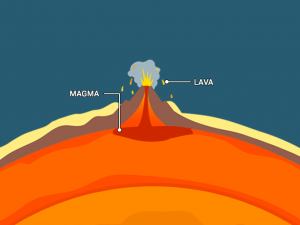
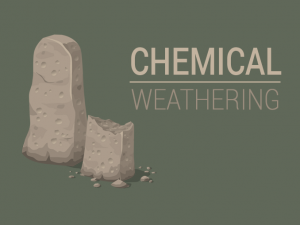
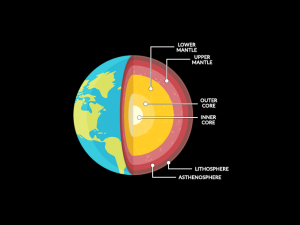
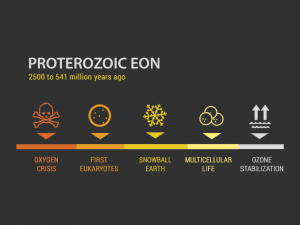
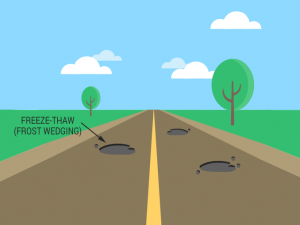

I have a preserved dinosaur in my shed. It is very small. I don’t know what to do with it….can anyone help me? I’ve got several small creatures preserved here…would like to know about how to get someone to date them and determine species, etc.
I have found rocks on my property,lots of them, with pics etched on them. would love to speak to geologist about this. can you help me please?